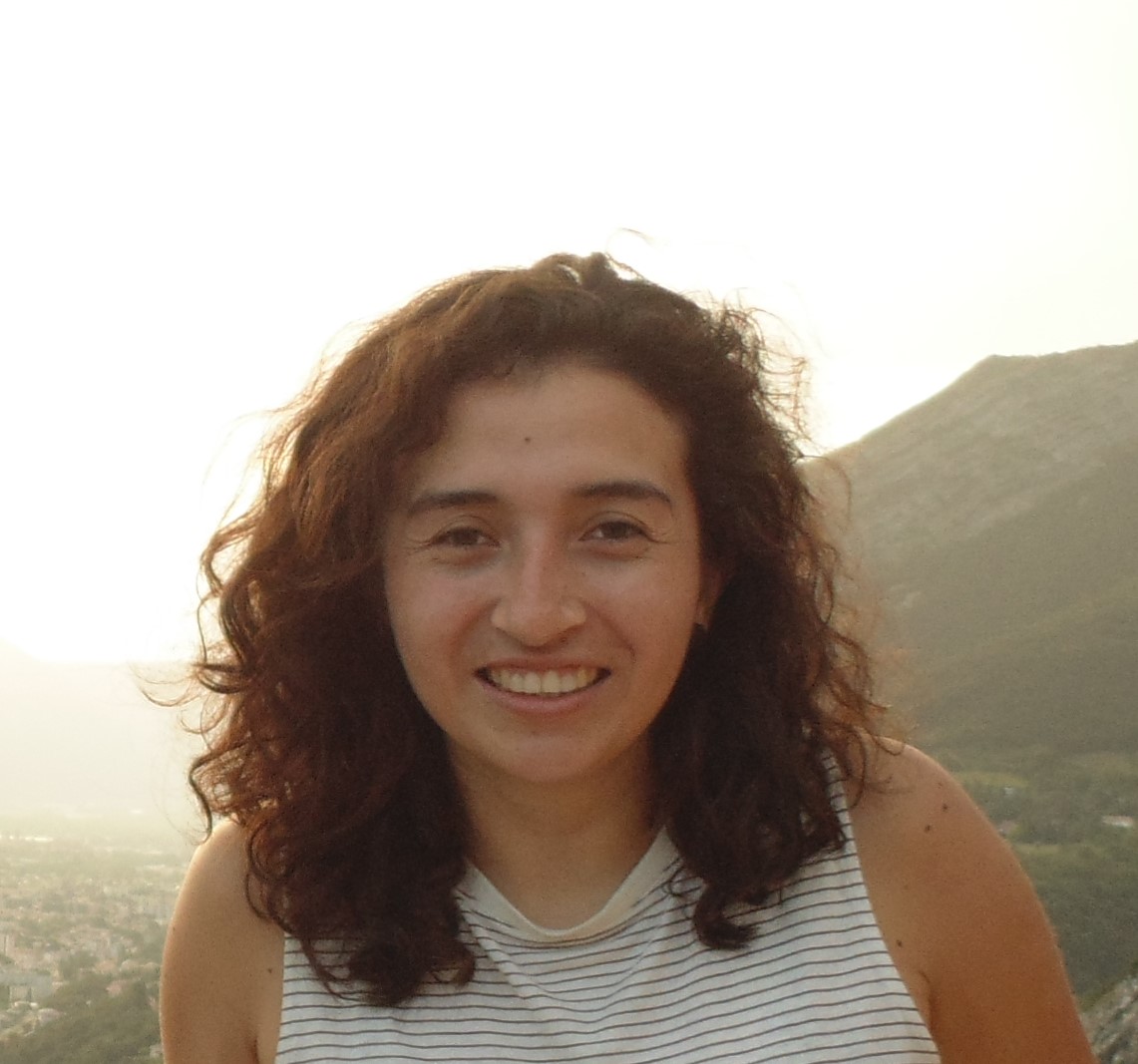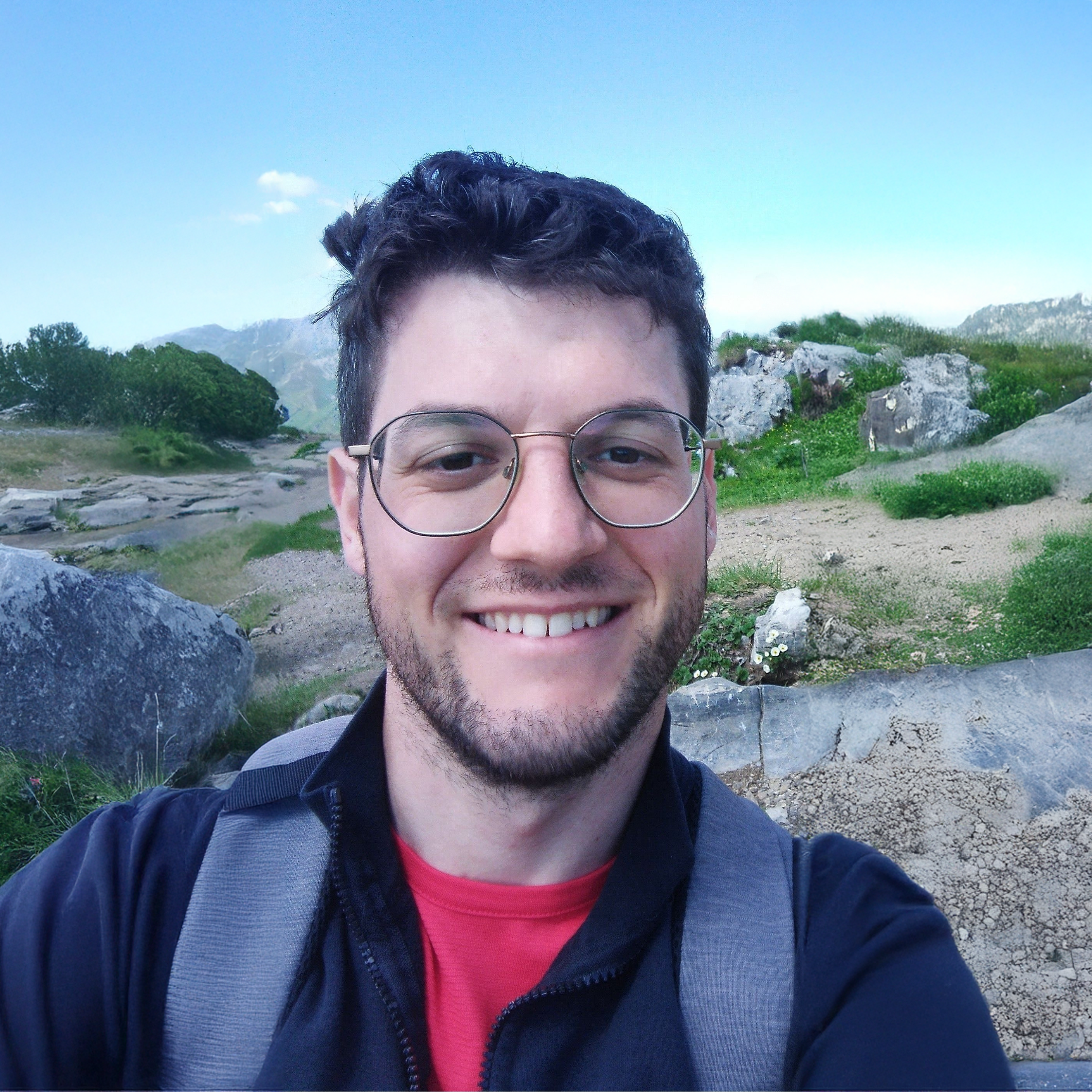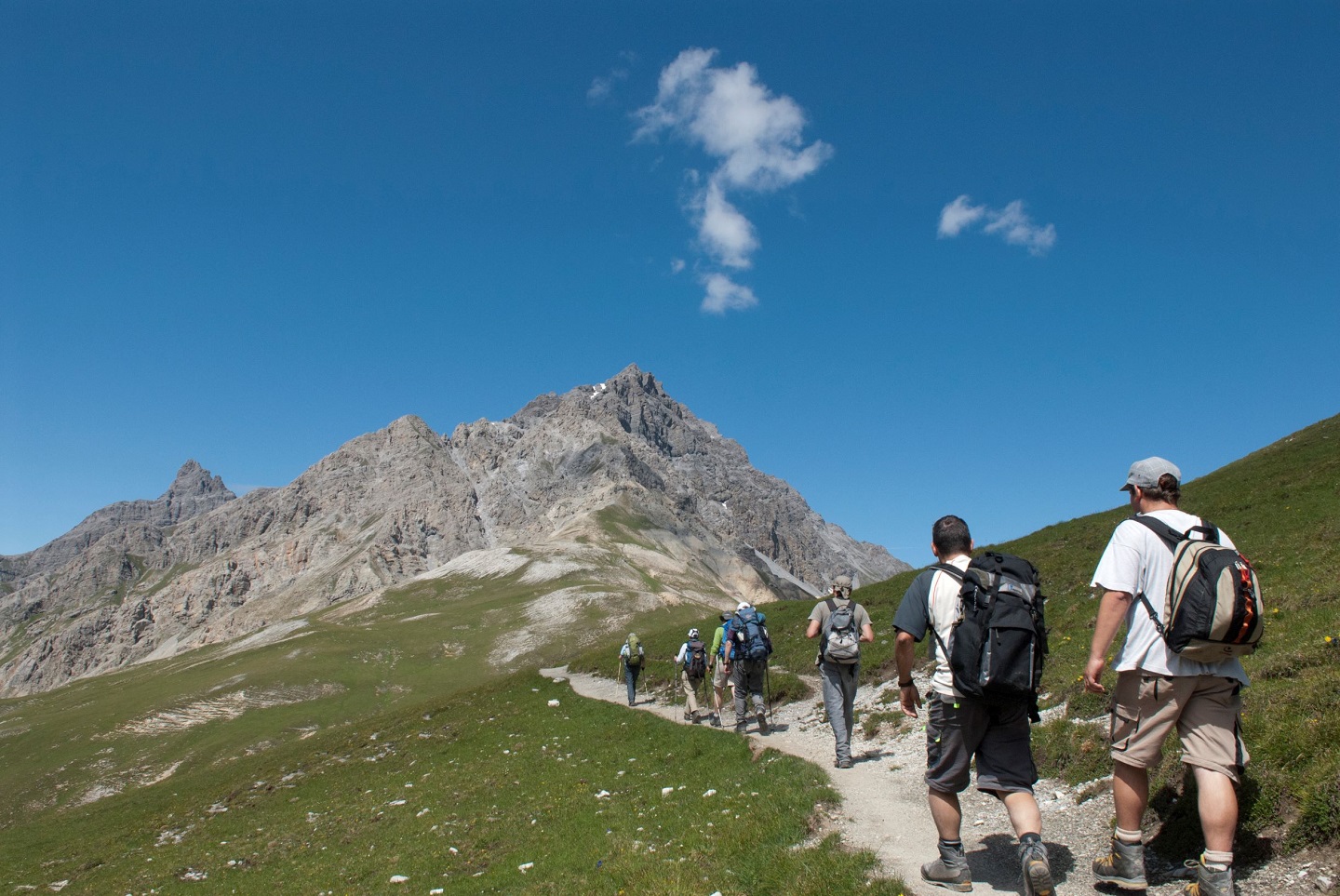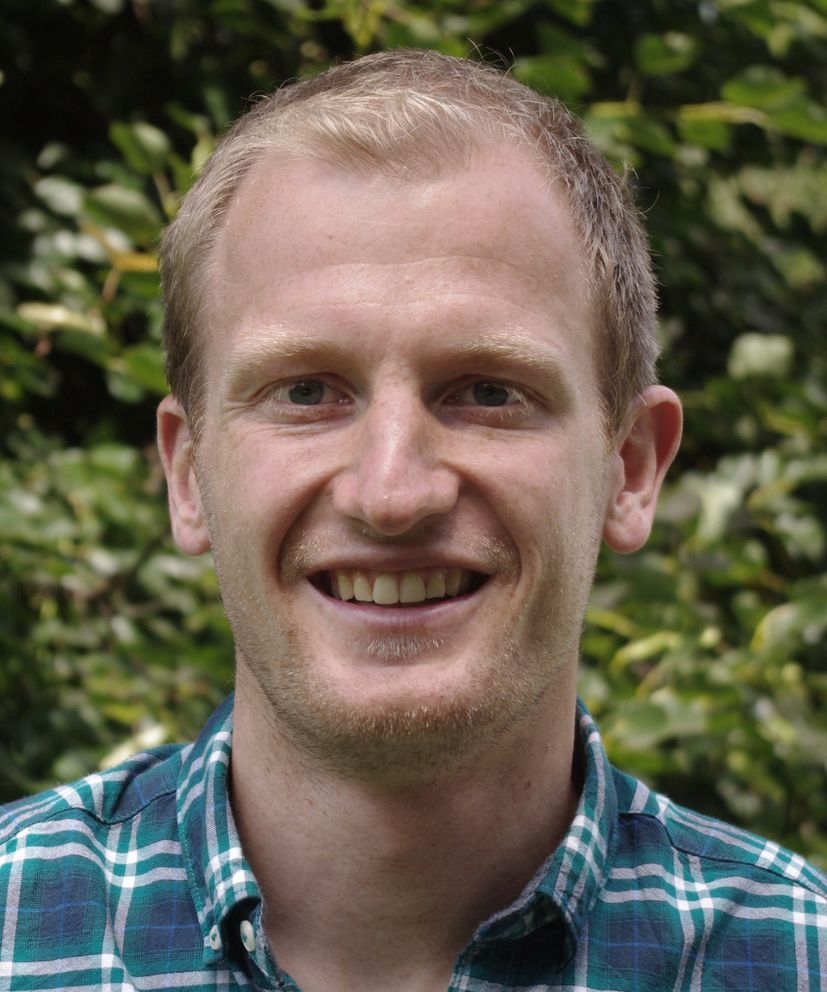It also organizes conferences, symposiums, workshops, exhibitions and meetings along with publishing documents and translations in collaboration with partner organizations.
Furthermore, the staff organizes a meeting between the ALPARC Council and General Assembly once a year in conjunction with a protected area.
Since its founding in 1995, the ALPARC staff has been operating outside of Chambéry, France. The team was originally attached to Les Ecrins National Park and, in 2006, to the Permanent Secretariat of the Alpine Convention under the title “Task Force Protected Areas”. Since 2013, the staff is employed by ALPARC.
|
|
PLASSMANN Guido Director: Management, Biodiversity and Ecological Connectivity Spoken languages: German, French, English |
 |
CORONADO Oriana GIS structuring and operation; Project coordinator Spoken languages: French, English, Spanish |
 |
PERL Laura ALPARC CENTR'ALPS coordinator Spoken languages: German, English, French |
 |
MERZI Pietro Project Coordinator Spoken languages: Italian, English, French |
 |
GUERINI Michele Project Coordinator Spoken languages: Italian, English, French |
 |
GREIDERER Dominik ALPARC CENTR'ALPS coordinator Spoken languages: German, English |

The missions of ALPARC are defined by the Council which is composed of managers of the alpine protected areas, representing the diversity and number of protected areas by alpine country.
It establishes the main directions which define the international work according to the priorities and requests of the protected areas.
ALPARC has a president and two vice-presidents, who lead the Council. They represent ALPARC in official matters.
The Permanent Committee of the Alpine Convention is informed about the ALPARC working programme.
|
|
President Peter Oggier Director of the Pfyn-Finges Nature Park Switzerland |
|
Vice-President Christian Schwoehrer Director of ASTERS, Conservatoire d’espaces naturels Haute-Savoie France |
|
Vice-President Andrea Beltrame President of the Prealpi Giulie Nature Park Italy |
|
|
General Secretary Roland Baier National Park Berchtesgaden Germany |
|
Treasurer Peter Rupitsch Director of the Hohe Tauern/Kärnten National Park Austria |
||
|
|
Franz Handler Director of the Network of Austrian Nature Parks Austria |
|
Volkhard Maier Director of the Kalkalpen National Park Austria |
|
|
|
|
Pierre Commenville Director of Les Ecrins National park France |
|
Marc Joanny Regional Council Provence-Alpes-Côte d'Azur France |
|
Gilberte Brémond Vice Director of the Regional park Baronnies Provençales France |
|
|
Eva Aliacar Director of the Vanoise National Park France |
|
Eric Fournier Vice President of the Environment for the Region Auvergne-Rhône-Alpes France |

|
Dominik Cremer Schulte Vice Director of ALPARC France |
|
|
Claudio la Ragione Director of the Orobie Valtellinesi Regional Park Italy |
|
Maria Margareth Palluber Coordinator of the Tre Cime/Drei Zinnen Nature Park Italy |
|
|
|
|
Helmut Kindle Director Amt für Umwelt Principality of Liechtenstein |
|
Astrid Claudel Rusin Environment Department Principality of Monaco |
|
Christian Stauffer Director of Swiss Parks Network Switzerland |
 |
Andre Arih Nature Conservation Counsellor Triglav National Park Slovenia
|
This poster about the activities of the Platform "Ecological networks" of the Alpine Convention was presented at the 9th Conference of parties of the CBD in Bonn/D in May 2008.
Germany's Federal Agency for Nature Conservation (BfN) is presenting a brochure on the inaugural meeting of the Ecological Network Platform under the Alpine Convention. The meeting was held in Munich/D on 29 March 2007 under the heading "Establishing an Alpine Ecological Network". The proceedings, which have now been published, contain in particular reports from the individual Alpine states and presentations of selected project examples of ecological networking from Germany, France and Austria.
Available in English only.
The measure catalogue has been elaborated in the frame of the Ecological Continuum Initiative.
It lists 69 exemplary measures from all Alpine countries that can contribute to the implementation of ecological networks. The measures show how areas or structures can be created, conserved or restored so that they can play a role as connecting elements within an ecological network.
The measure catalogue has been developed as an instrument to be used by the pilot regions of the Continuum and the ECONNECT projects. Nevertheless it can and should be used by other regions and actors in and outside the Alps who want to improve ecological connectivity.
The catalogue gives examples and ideas and practical information such as contact persons and references. Additionally, an evaluation of economic and ecological aspects has been done for each measure. The catalogue also gives an overview on the sectors and fields that are important when it comes to improving ecological connectivity.
An excel table with summarised descriptions of all measures is part of the catalogue. It can be used as a database in order to select single measures that are suitable for different situations. Macros need to be activated when using the database.
Source: Alpine protected areas database, ALPARC
ALPARC lays out the most up to date map from its Alpine protected areas data base, based on the collection of geographic data from all over the Alps.
Updated in 2008, the display contains a map of the protected areas and gives a summary of the key features of the ALPARC network. It also includes photographs that illustrate the main themes currently being addressed through international cooperation.
The information display is available in four languages and is designed for use at conferences and other events organised by ALPARC and its partners.
Dimensions when set up: 2.4 m x 3 m, umbrella structure.
Covering the history of the relations between humans and the wilderness, the exhibition displays an evolving Alpine landscape, taking the visitor along a temporal trip.
The spiral, symbol of the time advancement, is the shape on which the exhibition relies on to guide the viewer through different epochs, each of them having his own kind of connection between humans and the wilderness.
This trip is composed of 5 epochs and finishes in our future.
Are we ready to welcome the Wilderness the returning wilderness?
Francija predstavi idejo o ustanovitvi mreže zavarovanih območij v Alpah
Ustanovitev Alparca med prvo mednarodno konferenco zavarovanih območij v Alpah v Narodnem parku Écrins (FR)
Priprava osnutkov pravil in predpisov Mreže zavarovanih območij v Alpah (ALPARC); uradno priznanje prispevka Alparca k uresničevanju Alpske konvencije
Izvedba Konference evropskih gorskih zavarovanih območij
Usmerjevalni odbor Alpske konvencije zaupa Alparcu izdelavo študije o ekoloških koridorjih in čezmejnih območjih
ALPARC praznuje deseto obletnico obstoja

Delovna enota Alparca postane »Task Force zavarovana območja« pri Stalnem sekretariatu Alpske konvencije
Uradna vzpostavitev partnerstva z organizacijami CIPRA, ISCAR in WWF pod okriljem Iniciative za ekološki kontinuum
ALPARC skupaj s partnerskimi organizacijami začne izvajati velikopotezni projekt urejanja ekoloških koridorjev s ciljem vzpostavitve pravega ekološkega omrežja
Pogodbene stranke Alpske konvencije skupaj s Karpatsko konvencijo in Konvencijo o biotski raznovrstnosti podpišejo Memorandum o sodelovanju.
ALPARC postane koordinator dejavnosti Platforme »Ekološko omrežje« Alpske konvencije
Januarja ALPARC pridobi pravni status »društva« v Franciji in se tako loči od Stalnega sekretariata Alpske konvencije. Februarja ALPARC in Alpska konvencija podpišeta Memorandum o sodelovanju, katerega namen je olajšati sodelovanje med organizacijama in omogočati sinergije v obojestransko korist.
ALPARC praznuje dvajseto obletnico obstoja.
ALPARC organizira prvo izdajo mednarodnega dogodka »Mladi na vrhu« z namenom povezovanja alpske mladine z njihovo dediščino in naravo.
ALPARC začne z dejavnostmi na področju »Regionalnega razvoja in kakovosti življenja« v okviru projektov InnovAlps in WeWild
ALPARC je vodilni partner evropskega triletnega projekta Alpine Space ALPBIONET2030 za alpske prosto živeče živali in rastline ter projekta YOUrALPS za vzpostavitev strukture izobraževanja za gore ter učinkovitejšo praktično uresničevanje vrednot in znanj v zvezi z gorami. ALPARC postane partner evropskega dvoletnega projekta Alpine Space GaYA za krepitev participacije mladih pri upravljanju v Alpah.
Začetek kampanje »Be Part of the Mountain« za omejevanje vplivov zimskošportnih rekreativcev na alpske živali
11. aprila je bila v Naravnem parku Nagelfluhkette (Balderschwang, Nemčija) uradno ustanovljena nova regijska platforma Alparca »ALPARC CENTR’ALPS«, da se mreži omogoči krepkejša regionalna prisotnost in tesnejši stiki
ALPARC praznuje svojo 25. obletnico v Monêtier-les-Bains, Ecrins narodni park.
S 5 projektnimi partnerji OpenSpaceAlps in 10 projektnimi partnerji HEALPS2 so ALPARC in projektni partnerji uspešno zaključili te projekte Alpine Space.
Regionalna platforma ALPARC CENTR'ALPS ima kontaktno točko z lastnim osebjem v Immenstadtu (DE).
Alpine Space projekt „PlanToConnect“ (projekt temelji na rezultatih projekta ALPBIONET2030). Cilj: vključevanje ekološke povezanosti v prostorsko načrtovanje na območju Alp.
Začetek dveh projektov Alpine Space: „LiveAlpsNature“ (vodilni partner ALPARC). Cilj: ukrepi za usmerjanje obiskovalcev na zavarovanih območjih v Alpah z inovativnimi ponudbami (OneHealthApproach) in sodobnimi digitalnimi platformami za dejavnosti v naravi. „AlpsLife“ (ALPARC, osrednji projektni partner). Cilj: Zagotavljanje metod za skupno spremljanje biotske raznovrstnosti in alpski sistem zgodnjega opozarjanja na izgubo vrst in habitatov.
30 let mednarodnega sodelovanja zavarovanih območij v Alpah v okviru mreže ALPARC.